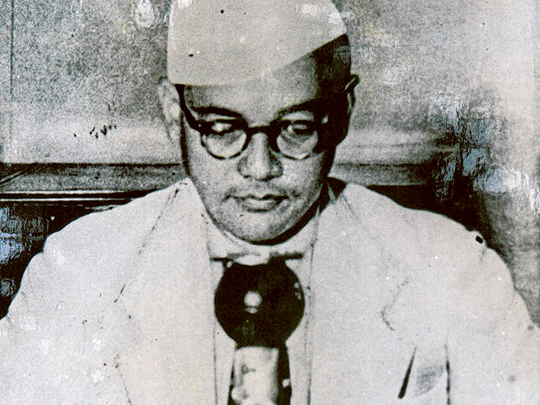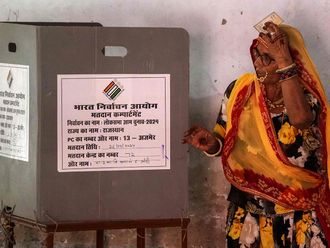
Dubai: Even almost seven decades since the reported air crash at Taihoku, Japan, historians are still divided on the issue of Netaji’s ‘death’ or ‘disappearance’.
While Netaji’s kin and a professor of History at Harvard University, Sugata Bose, considers the air crash as the most authentic piece of evidence to prove Netaji’s death, another historian and research scholar, Purabi Roy, firmly believes that Netaji had escaped to Russia and the air crash was just a decoy to dodge his detractors – primarily the British Empire.
“There is powerful evidence to prove that Netaji had laid down his life in the battle for India’s freedom. I cannot subscribe to fanciful conspiracy theories. The last chapter of my book His Majesty’s Opponent clearly explains this,” Sugata told Gulf News from New Delhi.
But Purabi, who has done extensive research on Netaji, subscribes to the view that Netaji had escaped to Russia in 1945.
“I was in Russia for my research on Netaji and during my stay there, my Russian friends provided me with a lot of classified material on Netaji. There were documents from the KGB files as well – the Russian intel agency –and all these had enough evidence to prove that Netaji was kept under surveillance in Soviet Union by the Stalin-led regime years beyond the Taihoku air crash,” Purabi told Gulf News from Kolkata.
“The common perception is to hold Jawaharlal Nehru responsible for keeping the truth about Netaji under wraps, but India’s Left leaders were also complicit in hiding the truth from public domain,” Purabi added.
She added that Netaji died or disappeared in 1945, but the first inquiry commission – Shah Nawaz Committee – was instituted by Nehru only in 1956. “Why did it take the government so long to do this? Moreover, Nehru made his first official visit to Soviet Union only after Stalin’s death? Was he trying to avoid Stalin to prevent hitting upon any unsavoury disclosures?”
Adding a further twist in the tale, author and former journalist Anuj Dhar subscribes to the view that the so-called ‘hermit’ who died in Faizabad, Uttar Pradesh, in 1985 was indeed Netaji. “Apart from striking physical resemblance, the handwriting of the hermit in both English and Bengali was an exact replica of Netaji’s,” Dhar told Gulf News from Kolkata.












